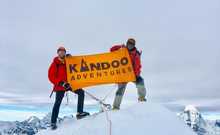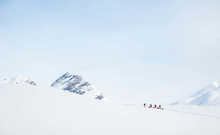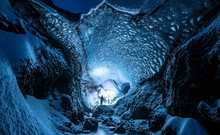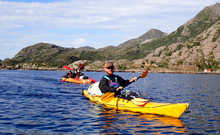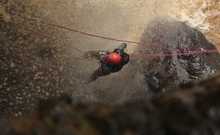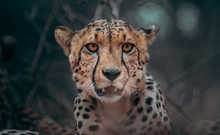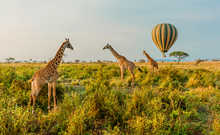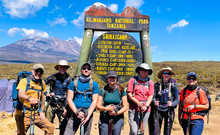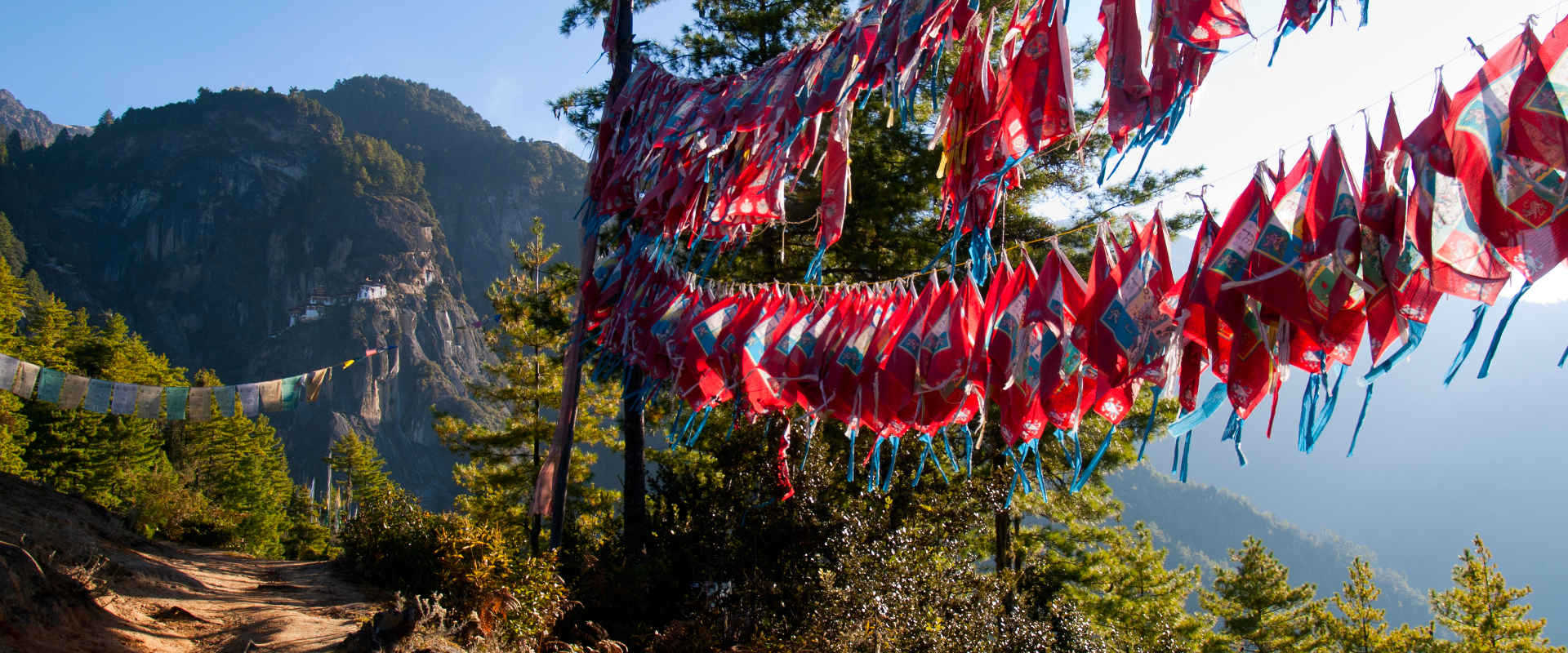Our equipment recommendations for trekking in Bhutan
Basic Equipment

Waterproof duffle bag:
To carry your main gear we recommend using a 80-90L duffle bag.

Daypack:
Your main gear will be carried by a mule (up to 15kg) .You will need to carry your own daypack. 30-40L is sufficient. We recommend Osprey daypacks.

Sleeping bag:
You will need a 4-season or -20 Deg C sleeping bag and compression sack. We recommend Mountain Hardwear or The North Face sleeping bags.

You will need an inflatable sleeping mat for camping. We recommend Exped or Therm-a-rest.

Trekking poles:
Trekking poles can reduce the impact on your joints by up to 20%. They are great for going down the steep Himalayan passes! We recommend adjustable Black Diamond trekking poles.

Water bottles:
Capacity to carry at least 2 litres of water. Wide-mouthed Nalgene bottles are required as they are less likely to freeze than bladders. A neoprene cover is advisable to help insulate the bottle at higher elevations.
Head

Sun hat:
Preferably wide-brimmed for protection, and with a neck cover if you aren't going to be using a neck gaiter.

Warm beanie style hat:
Go for a version of beanie that is either knitted or fleeced for extra warmth.

Neck gaiter or balaclava:
It can get very chilly in the Himalayas. We recommend bringing a neck gaiter or bandana. The most versatile options are made by Buff or Hoo-Rag Headwear.

Sunglasses:
Choose a pair of high UV protection glasses. Julbo are a great mountain sunglass brand but any brand with high UV protection will suffice.

Headlamp:
You will need a headlamp with good light output for any late night toilet journeys or early morning wake up calls. Petzl make market-leading and affordable headlamps.
Hands and Feet

Lightweight gloves:
For daily use we recommend lightweight, fleece or quick drying fabric gloves. Berghaus and The North Face make good lightweight gloves.

Heavyweight mittens:
Insulated heavyweight mittens with safety straps that fit over your liner gloves to provide additional warmth and wind protection. They have to be warm and extremely weather-proof.

Socks:
3-4 pairs of outer socks and 2-3 pairs of liner socks. We also recommend bringing a minimum of 1 x thick thermal socks for every day you will be trekking over 4,500m. Merino wool is the best material and Bridgedale or Smartwool make good trekking socks.

Training shoes:
To wear around camp after a day's trek we recommend bringing a pair of training shoes or sandals.

Trekking boots:
We recommend using a mid-weight trekking boots with good ankle support. Recommended brands include: Salomon, Scarpa, Hi-Tec and Merrell.

Gaiters:
Help keep your trousers clean in wet, muddy or snowy conditions.

Microspikes:
The snowy conditions in the higher areas of the Himalayas may require a little more grip than your trekking boot is able to provide. This is where micro spikes will really come in handy!
Upper Body

Thermal base layer:
2 x thermal base layer, ideally made from merino wool. No cotton. Recommended brand is Icebreaker.

Long sleeved shirt:
Go for a light or medium weight, moisture wicking long sleeve shirt (x2). Icebreaker, Berghaus and Under Armour make great breathable trekking shirts.

Fleece or Soft shell jacket:
A mid-weight Polartec fleece jacket is ideal for the Himalayas. Berghaus, Helly Hansen and The North Face all make great fleeces.

Hard shell outer jacket:
A water/windproof hard shell outer jacket to protect you from the elements. Goretex material is best. Recommended brands include The North Face, Berghaus and Mountain Equipment.

Insulated jacket:
A good quality, warm, down or Primaloft jacket is required for the cold nights. Recommended brands include The North Face, Rab and Mountain Equipment.
Legs

Base layer:
'Lightweight' or 'silk weight' base layer for your legs. Merino wool is preferable. Recommended brand is Icebreaker.

Trekking trousers:
Light or medium weight (x1) trekking trousers. Convertible trousers are an option. Recommended brands include Craghoppers and Columbia.

Hard shell trousers:
To protect yourself from the elements you need a good pair of waterproof / windproof hard shell trousers. Ideally Goretex. Mountain Equipment, The North Face and Rab make good outer trousers.
Odds and Sods

Sun and lip screen:
High SPF sunscreen and lip protection balm. SPF 40 or higher.

Toothbrush and toothpaste:
Ideally travel size.

Wet wipes and hand sanitizer:
Staying clean on any long trek can be challenging. Wet wipes and hand sanitizer are a huge help.

Personal medicines and medical kit:
We recommend bringing Paracetamol and Imodium at a minimum.

Pee bottle (optional):
Useful for late night toilet needs when it is freezing outside.

Ear plugs:
For light sleepers. Snoring can be pretty bad in camp.

Personal snacks:
Boiled sweets, nuts, energy bars and dried fruit are all a good shout.

Dry bag:
Only required if your main duffle bag or rucksack is not waterproof. Sturdy rubble sacks will also help to keep your kit dry.

Camera and spare batteries:
Unless you are a keen photographer we recommend taking a good quality and lightweight point and shoot camera like the Panasonic Lumix.

Plug adapter:
A plug adapter for charging your devices in the hotels before and after the climb. See Bhutan Travel Guide for advice on which plug adapter you will need.

Microfibre Towel:
Perfect for washing hands and face each day, especially if you don't want to carry enough wet wipes for the entire trip.

